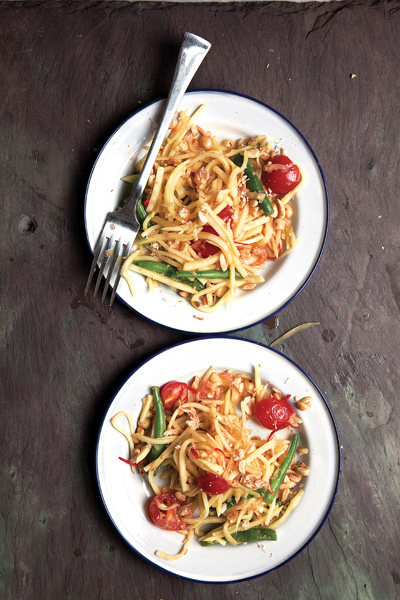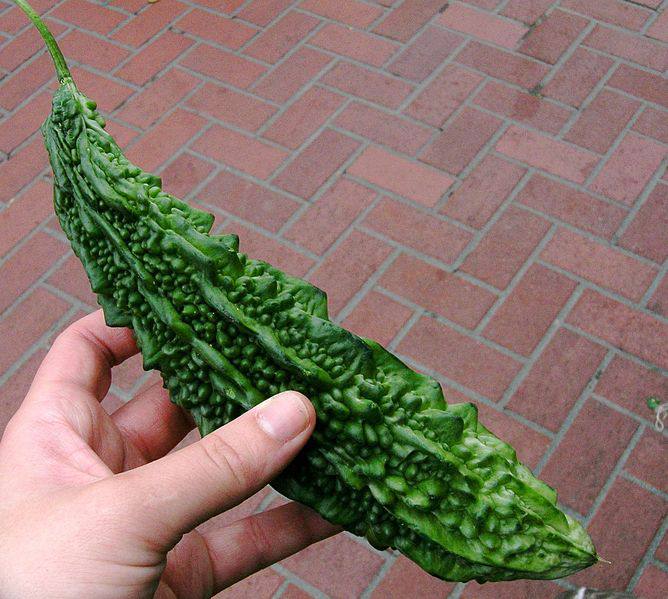This is for my friends and blog commenters who have asked me why I have been avoiding the Olympics in my blog. Well…
- I have been too busy watching the Olympics on TV to blog much
- Two – not all of the sports interest me unless they involve great athletic prowess, a huge record breaking headline, controversy (doping scandals etc.) or Holland (who are 10th by the way in the medal rankings in case you were wondering 😉 ). Sri Lanka…well lets not even go there.
- I’m feeling very poor after my trip to Bangkok and have been working my backside off.
Anyway back to the subject at hand.
The first modern-day Olympic Games were held in Athens in 1896, with 241 athletes (all male) from 14 nations competing in 9 sports with 43 events. Volleyball wasn’t one of them.
Athens hosted its second Summer Games in 2004, this time with 10,625 athletes (4,329 women and 6,296 men) from 201 nations competing in 28 sports with 301 events – including volleyball and beach volleyball. All that progress deserves a tasty Greek treat.
This dish can be prepared with lamb, chicken and pork although the recipe below is best with either lamb or pork. I don’t actually eat lamb so I make it with pork or chicken but some prefer lamb for the better depth of meaty flavour.
Olympic Souvlaki with Tzatziki:
Ingredients:
For the souvlaki
- 1 kilo boneless pork or lamb (e.g. leg fillet or steaks. I use pork loin)
- 1 tbsp coriander seeds
- 2 tsp rigani, or dried oregano
- 150ml/5fl oz extra virgin olive oil
- 4 tbsp red wine vinegar
- 1 onion, grated or very finely chopped
- 2 bay leaves, roughly torn (if not available omit these)
- salt and freshly ground black pepper
For the tzatziki
- ½ cucumber, peeled and finely diced
- 1 tbsp white or red wine vinegar
- salt and freshly ground black pepper
- 150g/5oz thick Greek-style yoghurt (I think you could safely substitute curd here)
- 1 clove garlic, crushed
- 1 tbsp fresh mint, finely chopped
Method:
- Cut the pork or lamb into 2cm/¾in cubes, trimming off any gristle or other unwanted fat.
- Mix all the remaining souvlaki ingredients and then pour over the meat.
- Turn so that all the pieces are coated, then cover and leave to marinate for at least two hours, but preferably nearer to 24 hours, in a cool place (or fridge).
- To make the tzatziki, spread the cucumber dice out in a colander or sieve, and sprinkle over the vinegar and a little salt.
- Leave to drain for one hour, then pat dry with kitchen paper or a clean tea towel.
- Mix with the rest of the tzatziki ingredients, then taste and adjust seasoning. Serve either lightly chilled or at room temperature.
- Back to the souvlaki. Soak wooden skewers in cold water for an hour or two, and then thread the meat on the skewers. Don’t push the cubes right up against each other, but leave a minuscule gap between each pair, just enough space for the heat to curl round every cube, cooking it evenly.
- Preheat either the barbecue or grill or an oiled griddle pan (place over a high heat for about 3-5 minutes), then cook the kebabs close to the heat, or on the griddle pan, turning and brushing occasionally with the leftover marinade, until they are crusty and brown.
Serve sizzling hot, with a wedge of lemon, the tzatziki and warm crispy pitta breads.








